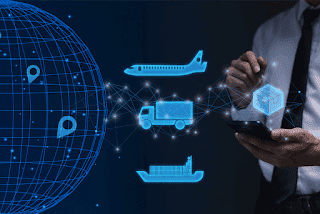The challenges and solutions of cross-border e-commerce logistics

The rise of e-commerce has brought about many changes to the retail industry, including the emergence of cross-border e-commerce. While this presents new opportunities for businesses to expand their customer base, it also brings about unique challenges in terms of logistics. Here are some of the main challenges of cross-border e-commerce logistics and the solutions to overcome them: Challenge 1: Customs and Regulatory Compliance. Cross-border e-commerce shipments are subject to various customs and regulatory requirements, including import taxes, duties, and restrictions. Navigating these requirements can be complex, and failure to comply can result in delays and penalties. To ensure compliance with customs and regulatory requirements, businesses should work with a knowledgeable customs broker who can help navigate complex regulations and ensure all necessary documentation is in order. Challenge 2: Transportation and Delivery. Cross-border e-commerce logistics require reliable transport








